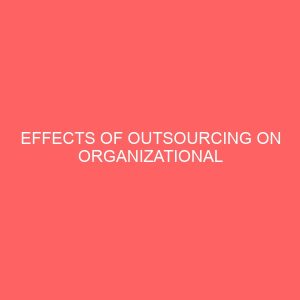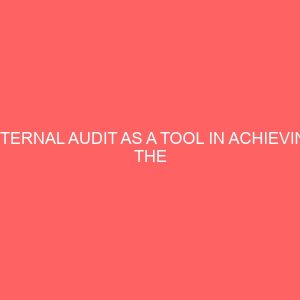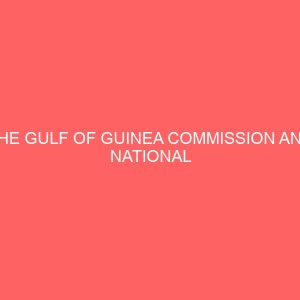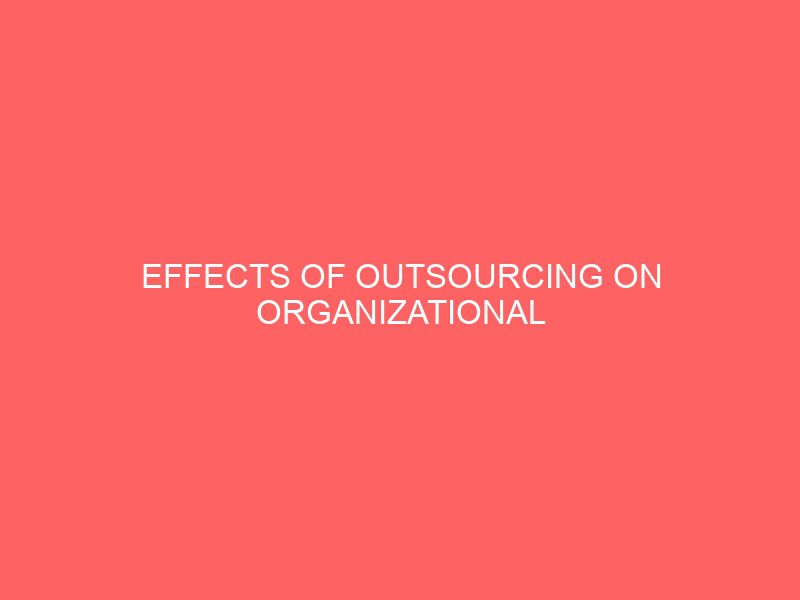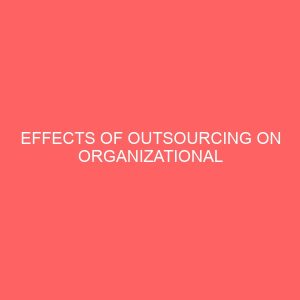Description
CHAPTER ONE INTRODUCTION 1.0 Background of the Study The workplace today is in a state of metamorphosis with contemporary issues such as customer satisfaction , competitive advantage, revenue and expenditures, organisational culture, technological advancement, global markets, diverse customer demands and need for effective workforce with a global mindset penetrating every aspect of the organisation. Effective workforce is crucial as it is the organisation?s primary player in accomplishing goals and delivering service. According to Burke & Cooper (2004), ?a firm?s human resource management (HRM) practices and the kind of workforce help attain organisational competitiveness.? HRM is the organisational function that enhances creativity, innovation , speed, flexibility , and efficiency of the workforce to transform them into organisational assets . Human resource management is now highly recognised as a strategic lever for the organisation in creating value. For a long time, different companies or organizations in the world are taking advantage of, and spending money and trusting external providers of human resource services in order to offer cost effectiveness and efficiency of internal human resource procedures. This is particularly important for organizations, which are considered as important players in the financial sector in any country because of the economic benefits they provide in their economic environment. Efficiency in these institutionsis a question of how well they allocate inputs such as staff, assets and subsidies to produce the maximum output such as number of loans, financial self-sufficiency and poverty outreach, (Balkenhol, 2007). Balkenhol (2010) also provide a working definition for efficiency as the optimal combination of staff time, staff number and cost of operations to respectively disburse and reach the maximum number of loans and clients, especially the deprived, while delivering a range of valued services.

